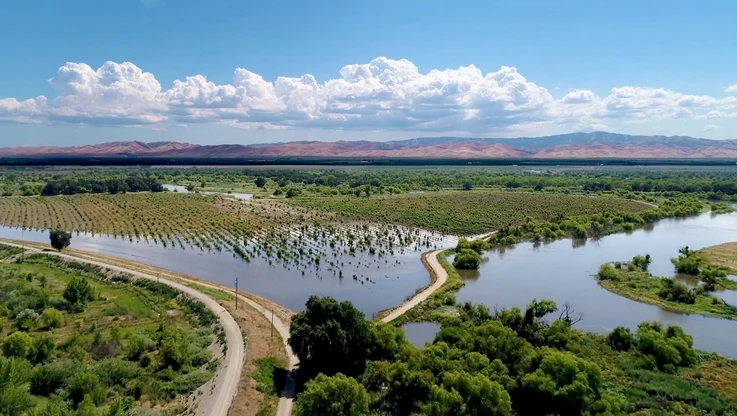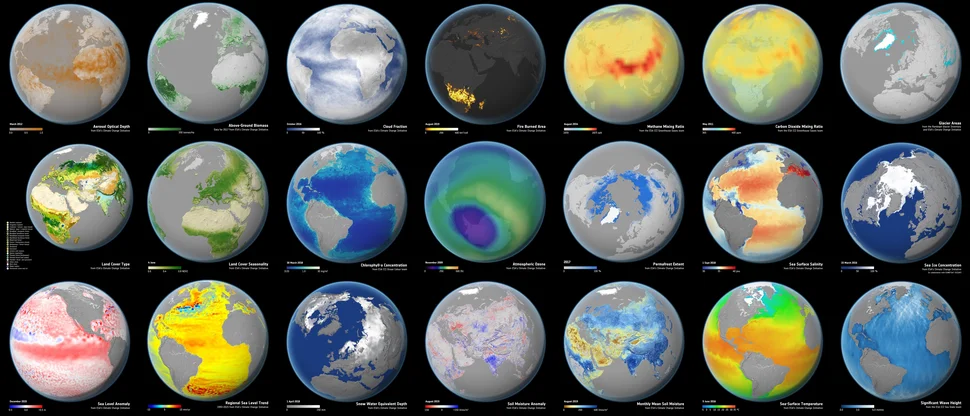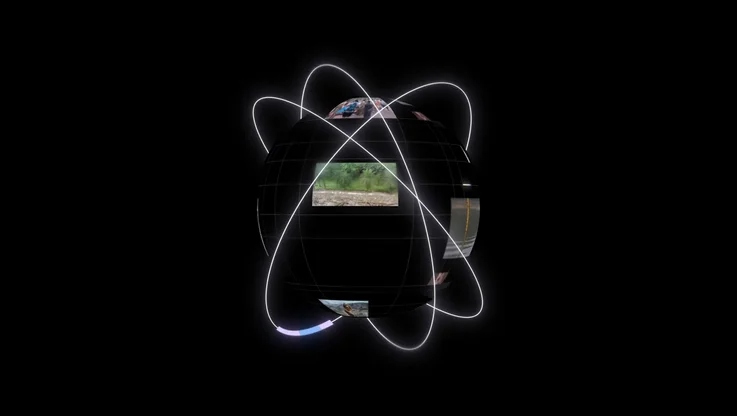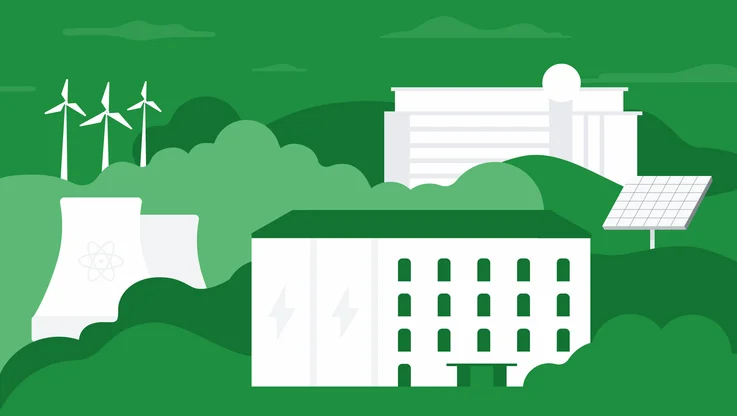AI can accelerate the shift to a more sustainable future
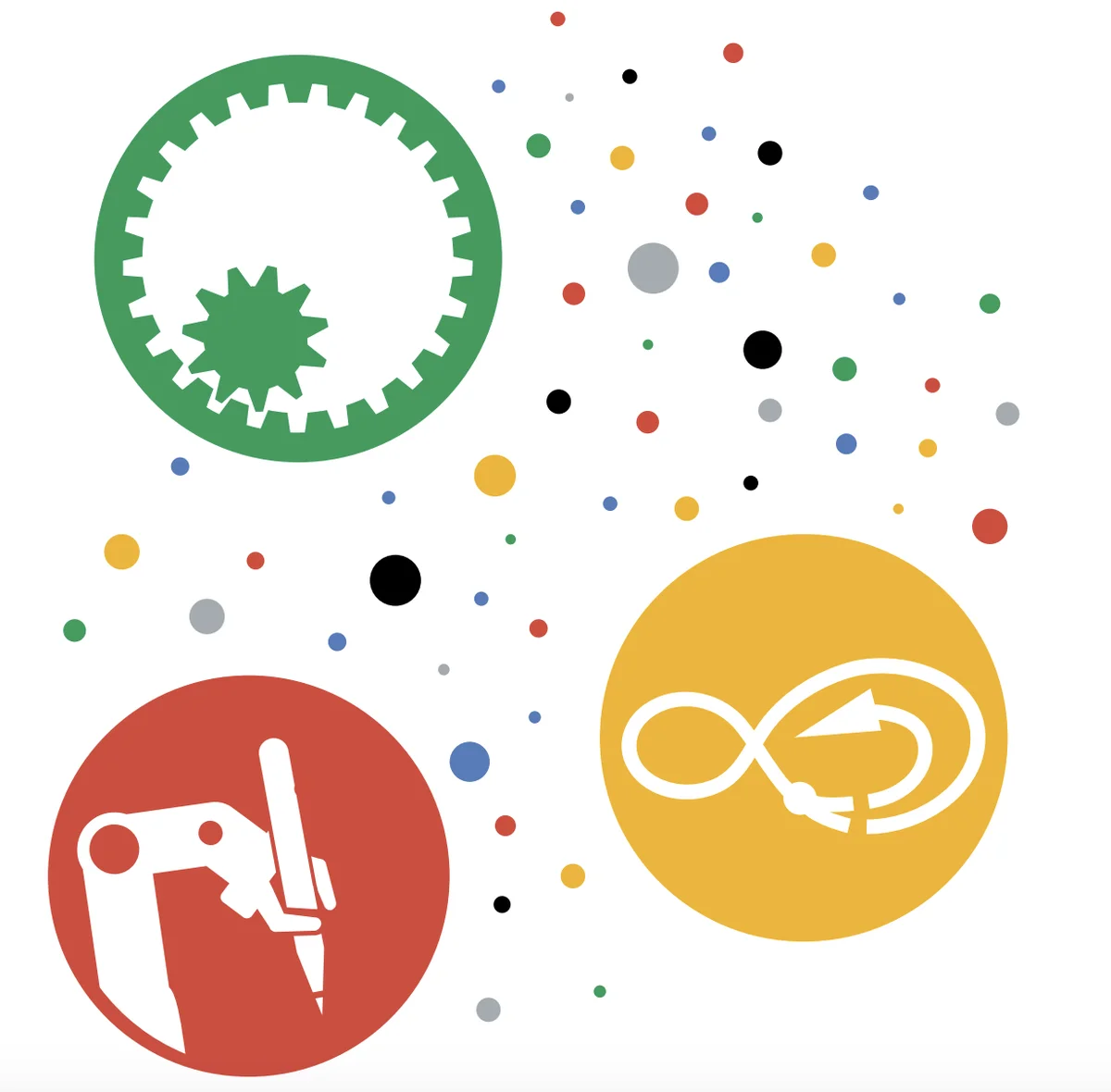
Today’s industrial economy is hugely wasteful. In 2018, the global demand for resources was 1.7 times more than what the Earth can support in one year. As population size and consumption continues to grow, we need to make an unprecedented, economy-wide shift or the effect on the planet will be irreversible.
Instead of our current “take-make-waste” economy, we need to shift to a system where waste is dramatically reduced and growth is decoupled from the consumption of finite resources—a circular economy. This is much like what we see in nature: A tree grows from the energy of the sun and the nutrients in the soil, once it dies it turns into soil to fuel the growth of new life. In this model, everything from cars and refrigerators to packaging and clothing would be repurposed and reborn for use again.
However, upheaving our industrial economy built over centuries requires new approaches and technological might. According to research we published this week with Ellen MacArthur Foundation and McKinsey & Company, AI can not only accelerate the shift to a more sustainable future, but also generate new value.
Already, AI is helping businesses quickly make sense of data and make complex decisions. Looking specifically at two industries—food and consumer electronics—the value of AI starts to become more clear.
- Designing products that last. We need to rethink the way we design products so they maintain their value over longer periods of time or so they can be reused. Already, AI has enabled the discovery and production of new materials that help do this. The Accelerated Metallurgy project—run by the European Space Agency together with a group of leading manufacturers, universities and designers—used AI technology quickly and efficiently to produce and test new metal alloys which can substitute harmful chemicals and less durable materials.
- Optimizing infrastructure. After we build products, instead of just consuming and disposing of them, we can create better infrastructure that allows us to use the products over and over again. For example, electronic devices, home appliances and vehicles could be leased and returned for resale or remanufactured so almost no new raw materials would need to be mined. This requires efficient reusing, repairing, remanufacturing and recycling of products. This is where AI can help out by improving the processes to sort recycled materials and disassemble products.
- Maximizing new business models. Similarly, business models need to shift to prioritize the elimination of waste. This means an emphasis on subscription services or leasing rather than owning products. AI can help increase the value of these business models by combining real-time and historical data to help us make better decisions about pricing and demand prediction, predictive maintenance and smart inventory management. Stuffstr, a company that buys used products from consumers to sell in second-hand markets shows how AI can optimize opportunities to eliminate waste. With an AI algorithm the company is able to quickly set competitive prices for the seller, while offering Stuffstr a good margin on the second-hand market.
A truly circular economy will be one that all of us are a part of which is why, in addition to continuing to look for ways to apply AI to our products and operations at Google, we’re hosting a contest called Circular Economy 2030. The contest invites social entrepreneurs from around the world to submit proposals for revenue-generating ideas that use data analytics and machine learning to advance a circular economy.
Addressing these complex global challenges requires new skills and capabilities in design, business, systems thinking and data science. Together, we can reverse the global challenges created by a take-make-waste economy and create a circular world of abundance.



